Invest
How do you choose the best ETFs?
In recent years, exchange-traded funds have become an increasingly popular option among Aussie investors.
How do you choose the best ETFs?
In recent years, exchange-traded funds have become an increasingly popular option among Aussie investors.

Investment Trends and Betashares said the number of advisers using ETFs has doubled over the last decade. With 59 per cent of Australian financial advisers already using ETFs in client portfolios, they suggest that this number could rise to as high as 75 per cent by the end of 2021.
“With the wide selection of ETFs now available on the ASX, it’s easier than ever for ETFs to access a range of asset classes, sectors, regions and themes in a convenient, cost-effective way,” said BetaShares CEO Alex Vynokur.
The ASX Australian Investor Study 2020 showed that 45 per cent of investors aged 18-24 are also looking to invest in ETFs in the next 12 months, indicating that ETFs are moving from novel to normal for Australian investors.
With so many options available in all shapes and sizes, finding the right ETFs to invest in can feel like a difficult choice to make. Here are some suggestions on what you should consider when choosing ETFs.
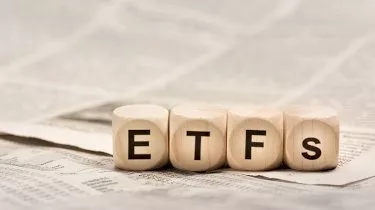
1. Personal investment goals
Firstly, the right ETFs will depend on your investment strategy and financial goals.
Investing in ETFs is a personal affair; your portfolio asset allocation plan, your goals and time frame will play a significant role in determining the ETF you choose.
Your risk appetite and financial goals will also help narrow your choices.
For example, if you are just starting to invest and unsure where to start, a diversified ETF that provides exposure to a range of asset classes, including equity, fixed income and cash can be a good stepping stone for you, as it allows for broad diversification.
But if you’re looking for higher returns, your ETF options can greatly differ. Active ETFs, which are also called exchange-traded managed funds (ETMFs), aim to outperform the market or a specific index. While they offer the potential for higher returns, there is a higher level of risk attached.
Recently, there has also been a rise in ethical investing as more investors seek to express their values and priorities through the companies they support and invest in.
Figures released by BetaShares showed that Australia’s ETF industry has now passed $100 billion in funds under management for the first time in history, with social issues likely to push its strong growth into the future.
2. Diversification
Diversification is an important consideration for any investor. By not putting all your eggs in one basket, you can lower your risk of losses.
One of the major advantages of investing in ETFs is that it is considered to be low-risk because they are low-cost and hold a basket of stocks and other securities, increasing diversification. It also gives you the ability to invest broadly across different firms, industries and even countries.
However, there are some ETFs that are more diverse than others. Before choosing an ETF, it’s advisable to look at specifically what the fund is tracking and how the fund is created.
For example, investing in an ETF that tracks the ASX 200 will likely be weighted heavily in the financials and materials sectors.
Meanwhile, tracking funds that target individual sectors are inherently a little less diversified. If you’re investing in one of these ETFs, you may want to choose one that provides exposure to a variety of industries across a range of international markets.
You’ll also need to consider your current investment portfolio when choosing an ETF. If all of your money is currently invested in the Australian stock market, you may want to look out for an ETF that provides exposure to international markets or other asset classes.
Make sure to do your research and check the fund manager’s breakdown of the ETF’s holdings so you know specifically where you’ll be investing your money.
3. Liquidity
Another factor to consider when making your choices is liquidity. This refers to how easily you can buy and sell your assets and how accessible your fund is.
Because ETFs are traded on the stock market, they are typically perceived as a high-liquid asset. However, it does depend on the fund itself.
For liquidity, the size of the ETF does matter. ETFs with more funds under management and larger daily trading volumes will typically be easier to buy and sell quickly and efficiently. If there is high trading volume, there will be more buyers in the market when it comes time to sell, and there are more sellers in the market if you are looking to buy.
Larger funds can also take advantage of economies of scale, allowing them to charge a lower management fee.
However, remember that size matters only when talking about liquidity. A bigger fund size does not equal outperformance in terms of investor returns.
Depending on your investment strategy, the ability to buy and sell easily can be important and something to consider when choosing an ETF.
4. Your provider or fund manager
Apart from the market being driven by different economic, political and financial factors, the performance of an ETF can also depend on how it is managed.
Make sure to invest with a reputable fund manager that is experienced and has a track record of delivering index performance.
Ask the following questions when choosing. Is the fund manager a reputable provider with a long history in the industry? How long have they been managing ETFs and what kind of track record do they have?
When choosing ETFs, do your own little investigation and find out what each provider’s investment strategies and principles are and what objectives they prioritise when offering a financial product or service.
An ETF manager or provider needs to have a disciplined approach to portfolio management to ensure long-term return. Preferably, they should also have the capacity to have dedicated risk, research and investment teams.
5. Fees and costs
Costs are one of the most straightforward ways to compare ETFs, and it’s also a major factor for most investors. While ETFs are often billed as a low-cost option, they are not without fees, and some funds are more expensive than others.
Every time you buy and sell ETF shares or units, you have to pay a brokerage fee. Another cost that you may incur when buying or selling an ETF is known as the ‘bid/ask’ spread. This is the difference between the highest price that a buyer is willing to pay for units in an ETF, and the lowest price that a seller is willing to part with them for.
The ‘bid/ask’ spread is determined by market liquidity and what’s going on in the market at any given time; the less investor demand, the wider the spread.
There is also an annual management fee, which varies across the board depending on the provider, the market and sector, as well as the index being tracked.
Take note that a lower management fee doesn’t necessarily mean that one fund is better performing than another. However, even a slightly lower fee can make a big difference to your overall returns.
Fee details can usually be found in the ETF’s product disclosure statement (PDS) and fund fact sheets, which will also show information on the index, distributions and associated risks. Make sure to check the PDS and the terms and conditions before you invest.
6. Past performance
Research the track record of a fund to learn the kind of returns it has delivered to investors in the prior years.
But as with any investment, note that past performance is not a guarantee of how it will perform in the future. If a fund outperformed others in the last five years, it does not mean it will give you the same level of returns in the following years.
7. Don’t trade the trends
Niche or thematic ETFs constructed around a specific subject matter (e.g. robotics, precious metals or cryptocurrency) have had their time under the financial market spotlight in the last couple of months.
And while these ETFs are generally easy to relate to, understand and invest in, these may not stand the test of time once the trend begins to fade or suffer dramatic bouts of volatility that will test your patience.
Additionally, because of their new and largely untested nature, it is hard to evaluate liquidity and how accessible it is to trade during periods of volatility. This also equates to higher risks.
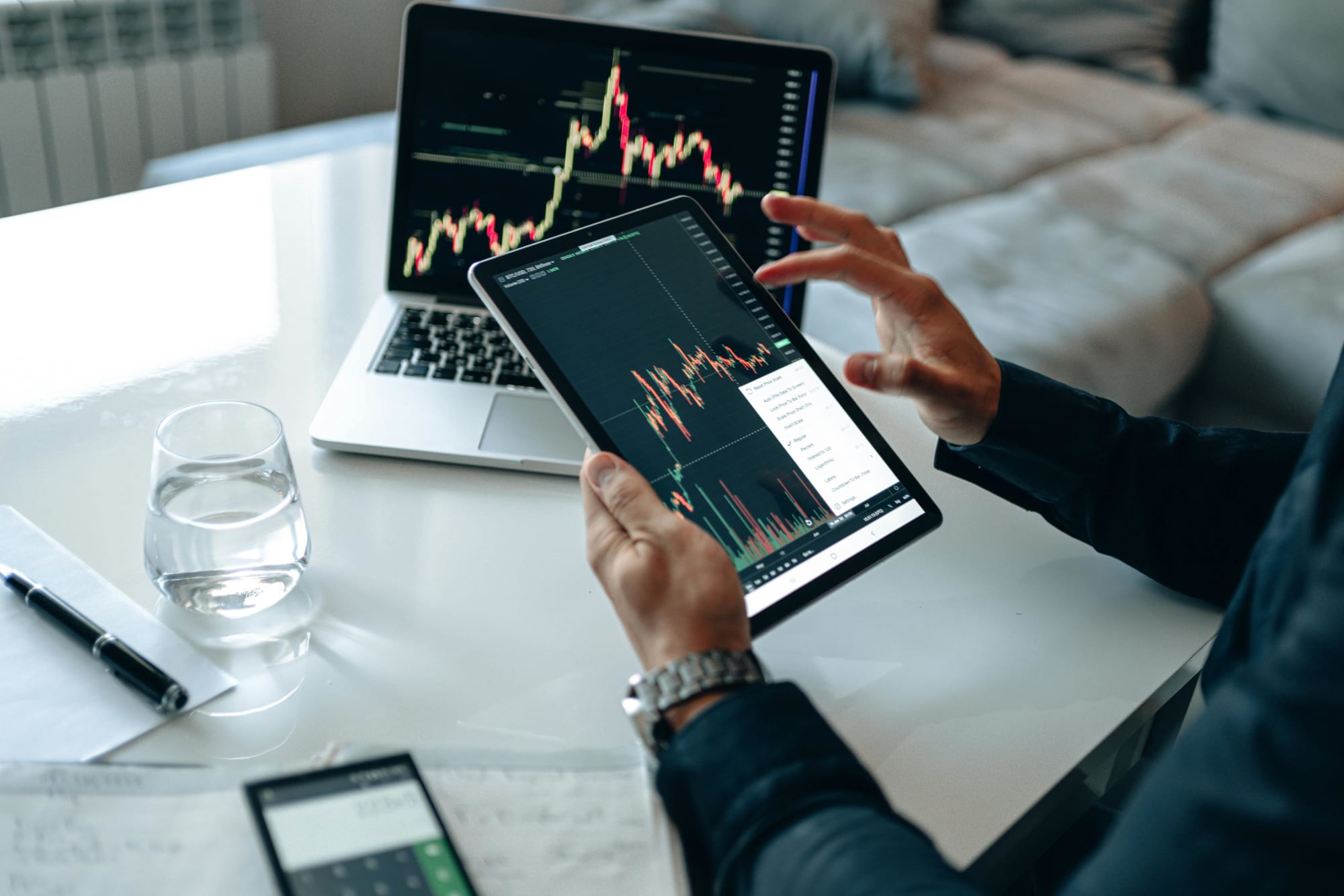
Stock market
6K Additive secures A$48 million through initial public offering on the Australian Stock Exchange
6K Additive, a prominent player in the advanced metal powders and alloy additions market, has made a significant stride by successfully completing its Initial Public Offering (IPO) on the Australian ...Read more

Stock market
Institutional investors increase stock allocations to 18-year high amid cautious market shifts
In a recent development, State Street Markets unveiled the findings of its latest State Street Institutional Investor Indicators, revealing intriguing shifts in institutional investor behaviourRead more
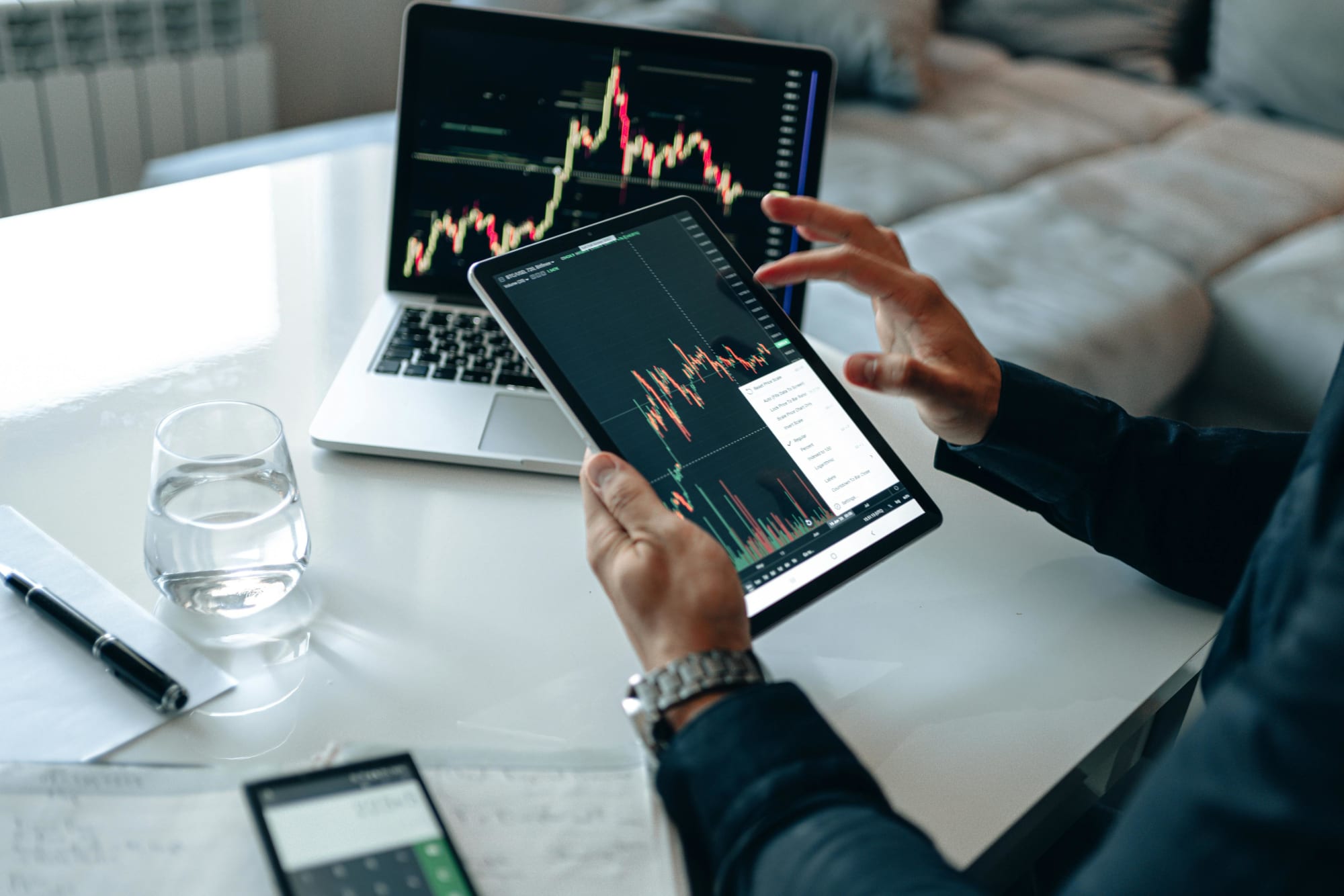
Stock market
FOREX.com launches in Australia to empower self-directed traders
StoneX Group Inc. (NASDAQ: SNEX) has announced the Australian launch of FOREX.com, expanding access for self-directed traders to a global suite of Contracts for Difference (CFD) products across ...Read more
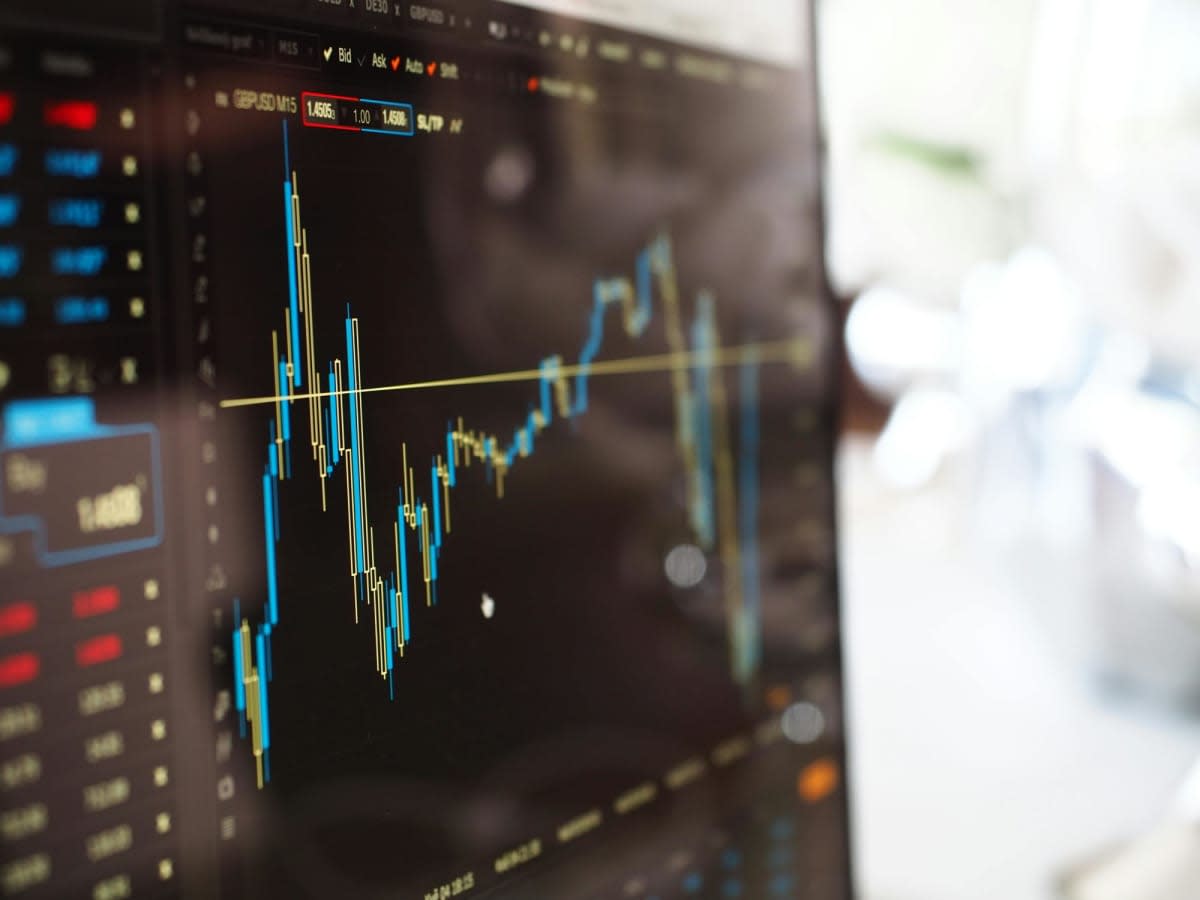
Stock market
Westpac and CMC Markets strengthen partnership to enhance online trading services
In a significant move that underscores the evolving landscape of online trading in Australia, CMC Markets Stockbroking has been chosen as the preferred vendor by Westpac Banking Corporation to extend ...Read more

Stock market
Portfolio reviews as an operating discipline: turning volatility into a competitive edge
In a higher-rate, higher-volatility world, portfolio reviews are no longer an annual hygiene task; they’re a core operating rhythm that protects cash flow, unlocks tax alpha, and sharpens risk ...Read more
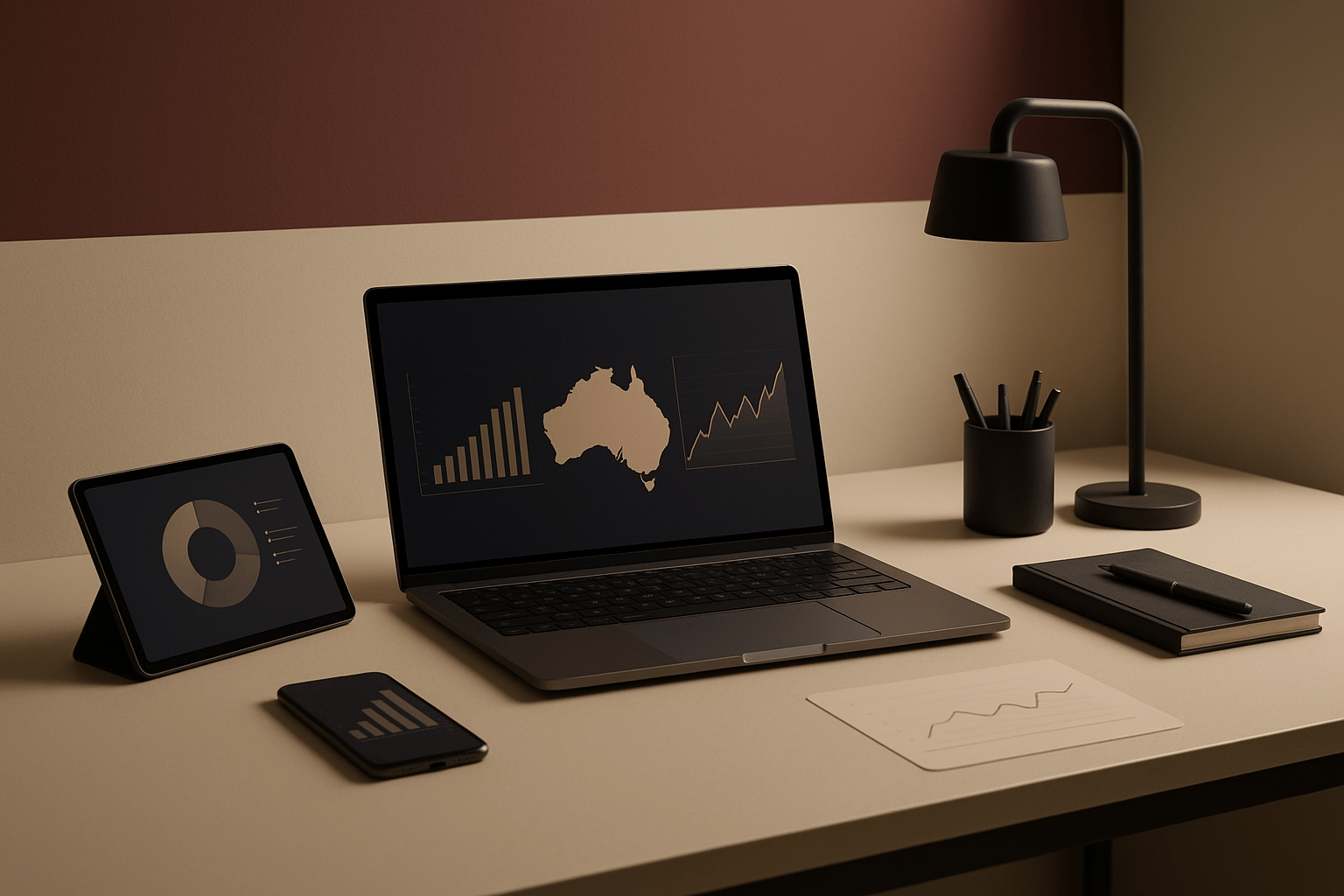
Stock market
Fee war on the ASX: Global X’s A300 turns up the heat on core Aussie equity ETFs
Global X has lobbed a 0.04% management fee into Australia’s core equity sandbox, launching the Australia 300 ETF (A300) to take on entrenched giants. Read more

Stock market
Challenger IM shakes up the ASX with private credit note and a side of risk
Challenger Investment Management has taken private credit mainstream with an ASX-listed note structure—LiFTs—that secured roughly $100 million in cornerstone commitments within a day of launch. Read more

Stock market
International stocks: Diversifying your portfolio beyond Australia
In an increasingly globalized market, Australian investors have the opportunity to enhance their investment portfolio by incorporating international stocks. Diversifying your investments globally can ...Read more

Stock market
6K Additive secures A$48 million through initial public offering on the Australian Stock Exchange
6K Additive, a prominent player in the advanced metal powders and alloy additions market, has made a significant stride by successfully completing its Initial Public Offering (IPO) on the Australian ...Read more

Stock market
Institutional investors increase stock allocations to 18-year high amid cautious market shifts
In a recent development, State Street Markets unveiled the findings of its latest State Street Institutional Investor Indicators, revealing intriguing shifts in institutional investor behaviourRead more

Stock market
FOREX.com launches in Australia to empower self-directed traders
StoneX Group Inc. (NASDAQ: SNEX) has announced the Australian launch of FOREX.com, expanding access for self-directed traders to a global suite of Contracts for Difference (CFD) products across ...Read more

Stock market
Westpac and CMC Markets strengthen partnership to enhance online trading services
In a significant move that underscores the evolving landscape of online trading in Australia, CMC Markets Stockbroking has been chosen as the preferred vendor by Westpac Banking Corporation to extend ...Read more

Stock market
Portfolio reviews as an operating discipline: turning volatility into a competitive edge
In a higher-rate, higher-volatility world, portfolio reviews are no longer an annual hygiene task; they’re a core operating rhythm that protects cash flow, unlocks tax alpha, and sharpens risk ...Read more

Stock market
Fee war on the ASX: Global X’s A300 turns up the heat on core Aussie equity ETFs
Global X has lobbed a 0.04% management fee into Australia’s core equity sandbox, launching the Australia 300 ETF (A300) to take on entrenched giants. Read more

Stock market
Challenger IM shakes up the ASX with private credit note and a side of risk
Challenger Investment Management has taken private credit mainstream with an ASX-listed note structure—LiFTs—that secured roughly $100 million in cornerstone commitments within a day of launch. Read more

Stock market
International stocks: Diversifying your portfolio beyond Australia
In an increasingly globalized market, Australian investors have the opportunity to enhance their investment portfolio by incorporating international stocks. Diversifying your investments globally can ...Read more








